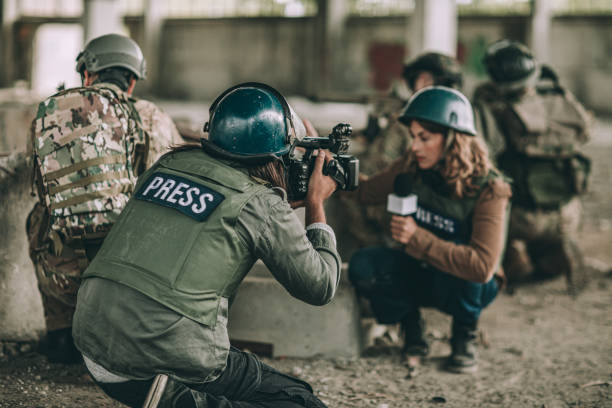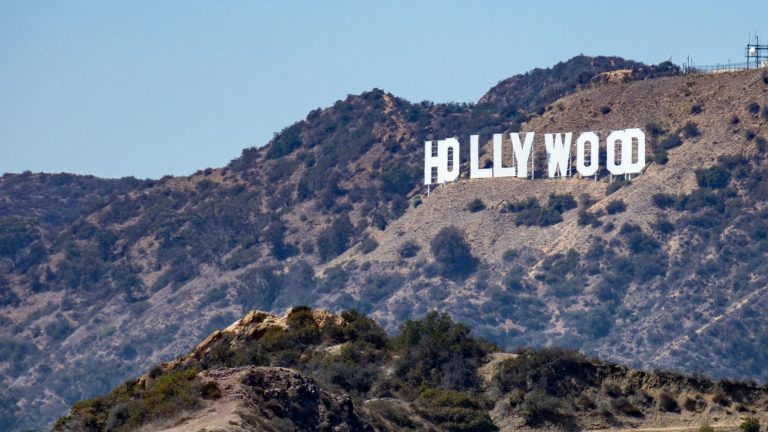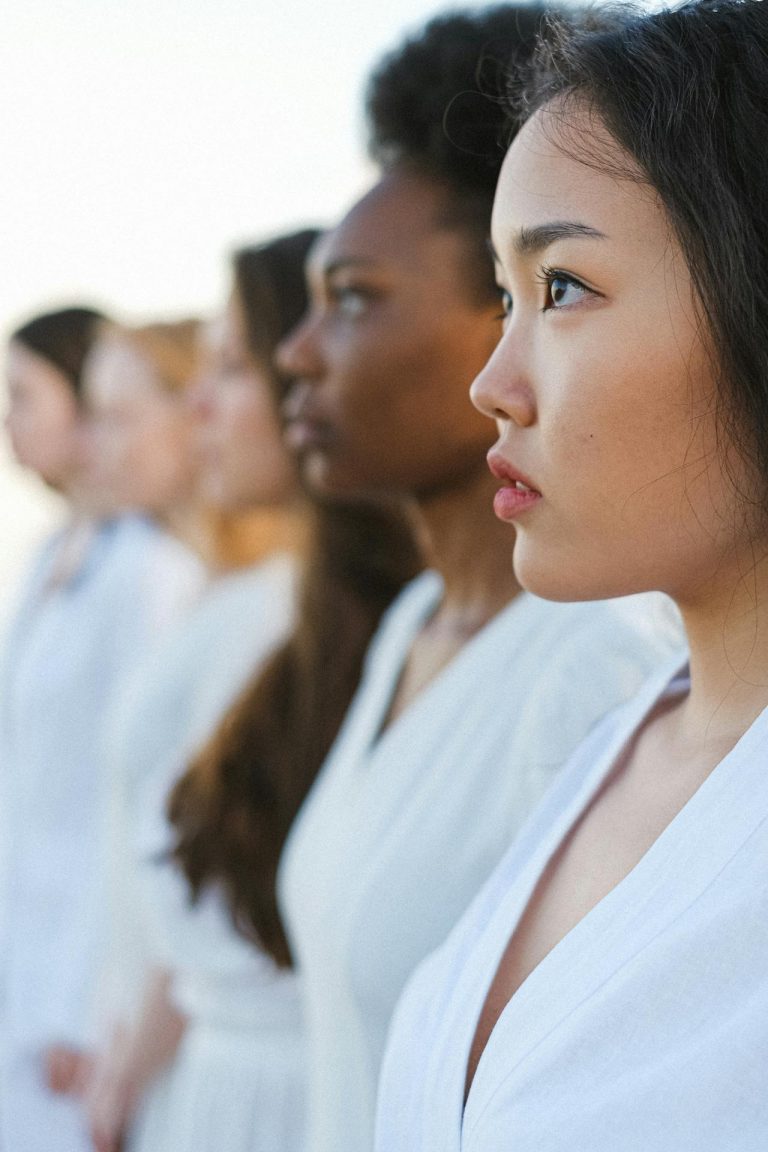Press Coverage of Ukraine and Afghanistan shows a Double-Standard

The Russian invasion of Ukraine on February 24, 2022 shocked and upset people around the world, who watched as Ukrainian people flee their homes and become refugees. Unfortunately, many news correspondents expressed their grief by perpetuating racist attitudes toward other people living in war. Charlie D’Agata of CBS said live that the conflict in Kyiv is not “like Iraq or Afghanistan, that has seen conflict raging for decades. This is a relatively civilized, relatively European…city, one where you wouldn’t expect that, or hope that it’s going to happen”. Another broadcast by the BBC showed an interviewee saying “It’s very emotional for me because I see European people with blue eyes and blond hair … being killed every day”. Statements as openly racist as these raise a question: why are people on the news not as sympathetic towards the people of Syria, Iraq, Afghanistan, or Yemen are they toward Ukraine?
Is Racism Motivating Bias Toward Ukraine?
While the above examples are certainly examples of racist language, there are other potential reasons why news reporters and guests are so ready to admit to a double standard. Many examples of these comments, compiled on Twitter by Alan Macleod, specifically contrast Ukraine with Iraq and Afghanistan, places invaded by the United States and other NATO-affiliated nations. It would make sense that the news organizations of those countries would be quick to excuse those crises as normal, compared to the invasion of Ukraine by a perceived enemy of the US. However, this accusation doesn’t stand up to scrutiny.
For instance, the invasion of Northern Syria by Turkey in 2019 resulted in the death and displacement of many Kurdish people, who make up a large percent of the Syrian Democratic Forces (SDF) responsible for fighting ISIS in the preceding years. Despite the SDF serving as a key ally to the United States, reporters like D’Agata were not as emotionally invested in the invasion as they are now in Ukraine. Many of the articles on the event criticize former President Donald Trump for pulling US troops out of the region beforehand but fail to empathize with the Kurdish victims of war. The only difference between Kurds and Ukrainians is that Kurds would be considered non-white.
The biased commentary on the News betrays a worrying attitude toward non-white people of the world: that they are people meant to be in conflict, and white people are meant to be in peace. Even if correspondents chose their words more carefully by not saying “civilized” or describing the racial features of refugees, they would still be perpetuating this underlying point. How could respectable news organizations like NBC and the BBC let this slip?
How Diverse is the News?
Last month, The News Leaders Association initiated the second phase of their survey to determine the racial and gender makeup of news outlets. The first survey yielded disappointing results, receiving only about 250 responses from nearly 6,000 news outlets contacted. With news organizations hesitant to reveal their diversity statistics, hard data on the subject proves elusive to find. News companies that do release diversity reports, like the New York Times, show some promise with initiatives that increased the number of Black People and People of Color in staff and leadership. However, these gains only compromise increases of about 4-5% since the year 2015.
Last Year, News Channels ABC and MSNBC took initiative in diversity hiring by appointing Kim Godwin and Rashida Jones, both Black Women, as their presidents. The Associated Press hired Daisy Veerasingham as the agency’s president and CEO, and she is the first woman of color to hold those titles. In spite of these positive developments, many news outlets either lack an appropriately diverse crew or refuse to divulge information about their hiring process. The BBC, for example, admitted in their Diversity and Inclusion Plan for 2021-2023 that they struggle with maintaining a diverse workforce and received more negative feedback from the non-white staff compared to white staff. This lack of an inclusive workplace culture potentially explains why the aforementioned comment about “blonde, blue-eyed” refugees went unchallenged by a BBC anchor.
Can the News Promote Empathy for Countries Other than Ukraine?
In spite of their shortcomings, News organizations seem aware of the problems being caused by their lack of diversity. Charlie D’Agata apologized for his comments about Iraq and Afghanistan, and outlets such as the New York Times and the BBC already created initiatives to diversify their staff. To some extent, white people admitting that they have a biased attitude towards victims of war based on race is a good thing, provided they acknowledge the bias is racist and needs to be changed. The issue with the comments on the news is not that they were emotionally honest, but that the statements were intended to justify a double standard, rather than bring up how problematic the double standard is. Hopefully, the overwhelming sympathy around the world for victims of the war in Ukraine will give way to more empathy towards people from other war-torn nations like Iraq, Afghanistan, Yemen, and Syria.






